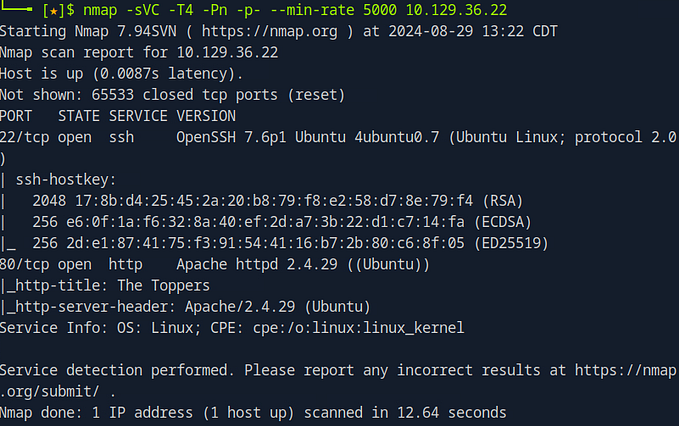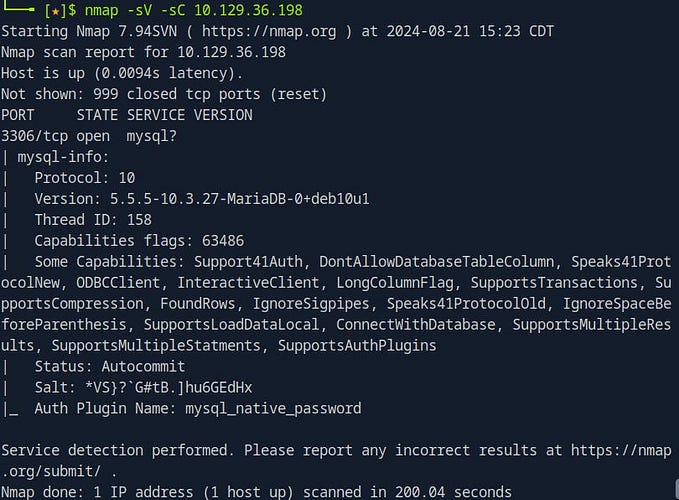Member-only story
Hack the Box — Mission: Funnel
intro
Developers often deploy initial versions of applications on internal networks to limit exposure to security risks. Applications like Redis or databases are designed for internal use only, making them inaccessible from public networks. However, if a machine within the internal network is compromised, tunneling can be exploited to access these resources. This guide explores the concept of tunneling, SSH tunneling types, and how this technique allows secure access to internal resources remotely.
Key Concepts
What is Tunneling? Tunneling is a network protocol that encapsulates data within packets, allowing communication between private networks through a public network. It ensures that private network communications can be securely transmitted over the internet. Here’s how it works:
- Encapsulation: The data packets from one network are encapsulated within the data portion of another packet, allowing them to move across different network layers.
- Communication over Public Networks: Tunneling protocols enable private network traffic to be sent across unsecured networks while maintaining data confidentiality.
Practical Application:
You can use tunneling to securely access internal resources that are otherwise unreachable from external networks.
The Role of SSH in Tunneling SSH (Secure Shell) is primarily used for secure remote access to servers. However, SSH also supports…





![6 Powerful Things You Can Do with nxc [former crackmapexec]](https://miro.medium.com/v2/resize:fit:679/1*2wYuOLm3BEeC4zT0U6FIqQ.png)



